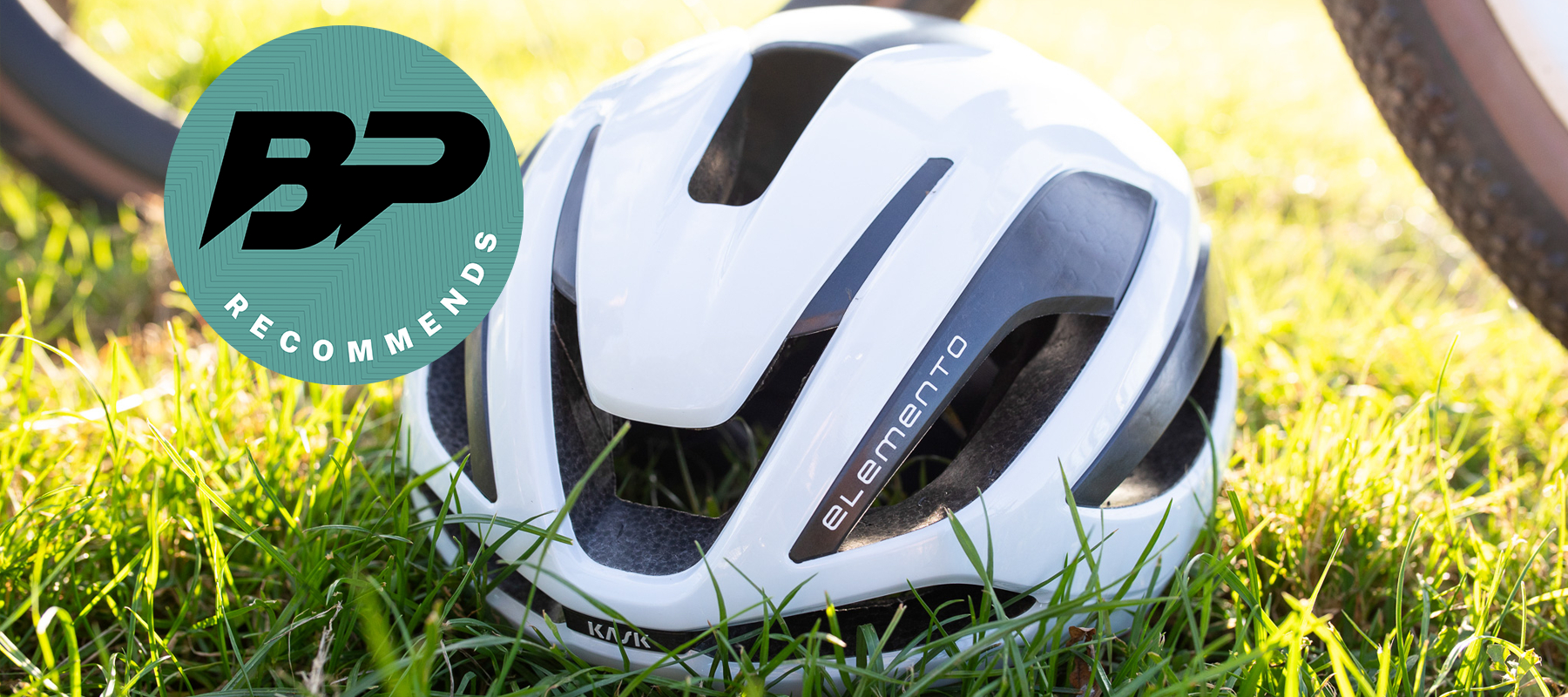Bike Perfect Verdict
A top of the range helmet featuring advanced safety construction for MTB, gravel, and road. It comes with superb ventilation, but also a big price tag and a few annoying niggles.
Pros
- +
Cutting edge technology
- +
Comfortable
- +
Good looking
- +
Excellent ventilation
- +
Packed with safety features
Cons
- -
Expensive
- -
Not the best for sunglasses storage
- -
The Kask leather strap is gone
Why trust BikePerfect
The eagled-eyed may have spotted Pauline Ferrand-Prévot wearing the latest Kask Elemento helmet to victory in the XCO and XCC MTB World Championships at Glentress in Scotland earlier this year. Developed alongside Ferrand-Prévot and the Ineos Grenadiers team, the Elemento is aimed to be a multi-discipline helmet at home at an MTB World Cup or equally capable in cyclocross, gravel, or road events.
Kask has a reputation for making some of the best cycling helmets around and the Elemento features a host of cutting-edge technology that the Italian brand says will provide the highest level of aerodynamics, ventilation, and safety. However, it does come with a fairly whopping premium price tag, but if you're a multi-discipline rider looking for one helmet with ultimate performance then the Kask Elemento could just be that all-rounder helmet option.
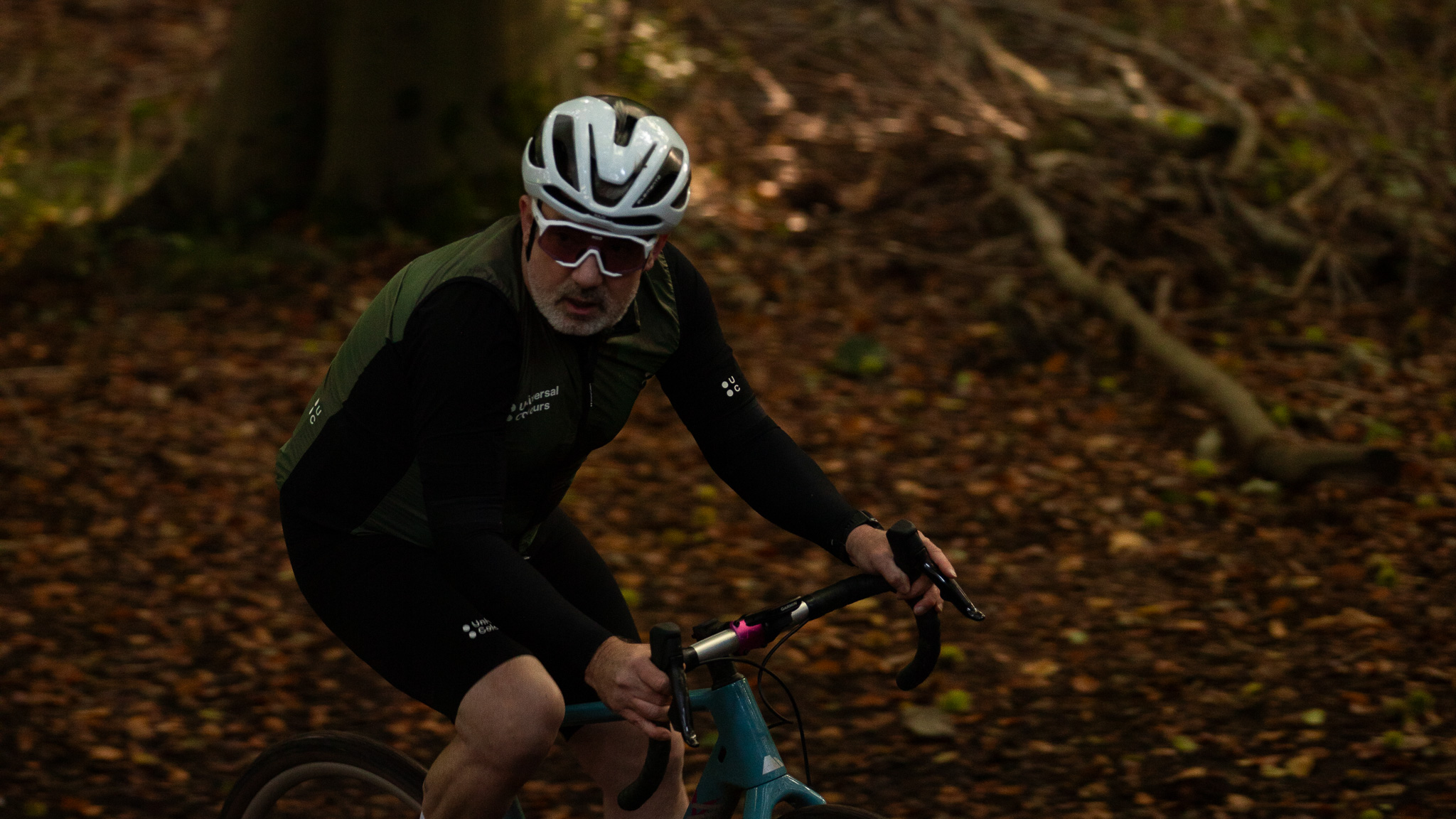
Design and Specifications
The Elemento is Kasks' top-of-the-range helmet with a price point to match, The RRP is $400 / £335 / €375 so it's very much in the higher pricing category of helmets. Straight out of the box, the Elemento oozes a premium product feel, and in the Gloss White and Raw Carbon colorway, it looks stunning. Without a doubt, it's one of the best-looking helmets I've seen.
The price of the Elemento reflects the cutting-edge technology included, and Kask says the Elemento has been in development since 2020, with the brand conducting in-depth analysis of numerous scientific studies focused on how a rider's performance varies as their body temperatures change, which in performance terms, means an athlete's temperature is just as important as a helmet’s weight and aerodynamics.
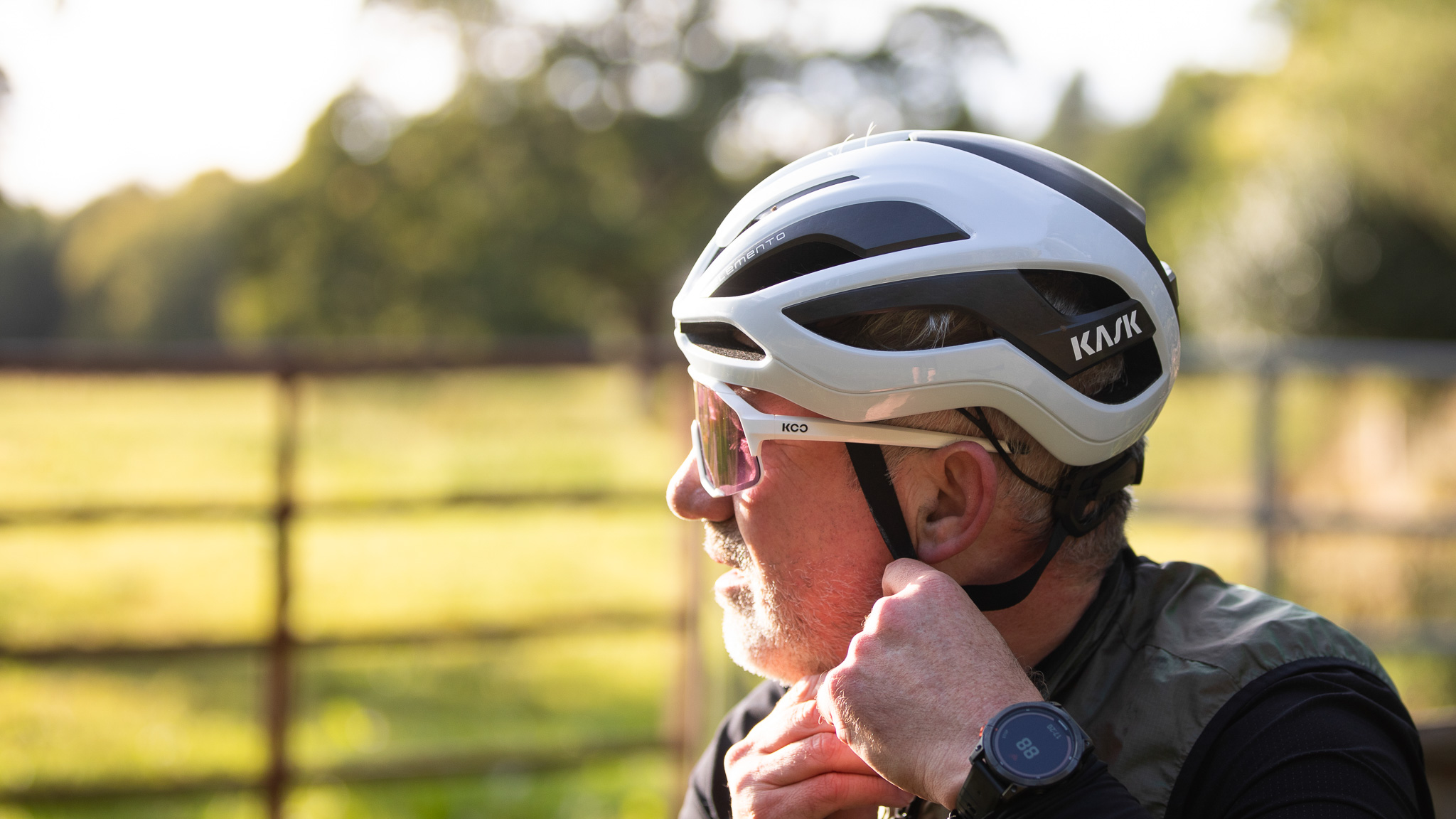
The Kask Elemento is constructed using a composite technopolymer that they call Fluid Carbon 12 which is an advanced plastic said to be more resistant to heat and stress than standard plastics. Kask also adds that the Fluid Carbon 12 outer shell is capable of absorbing more impact energy better than traditional materials, and the material can distribute that force more evenly across the helmet. This capability has enabled the Kask technicians to increase the size of the internal channels in the helmet to improve ventilation. Kask says that allowed them to reduce the size of the ventilation holes to also improve the overall aero capability of the Elemento.
The Elemento also features 3D-printed Multipod internal padding, which is the brand's answer to a third-party MIPS system, developed using their own Rotational Impact WG11 Testing. Multipod is claimed to enable the helmet to better withstand linear and rotational impacts and also has isotropic properties which they say will ensure it behaves consistently, no matter which direction the force is applied. The Elemento has gained a five-star rating from Virginia Tech’s Helmet Lab, a first for the brand. The Multipod’s unique design also adds to the ventilation and cooling capabilities.
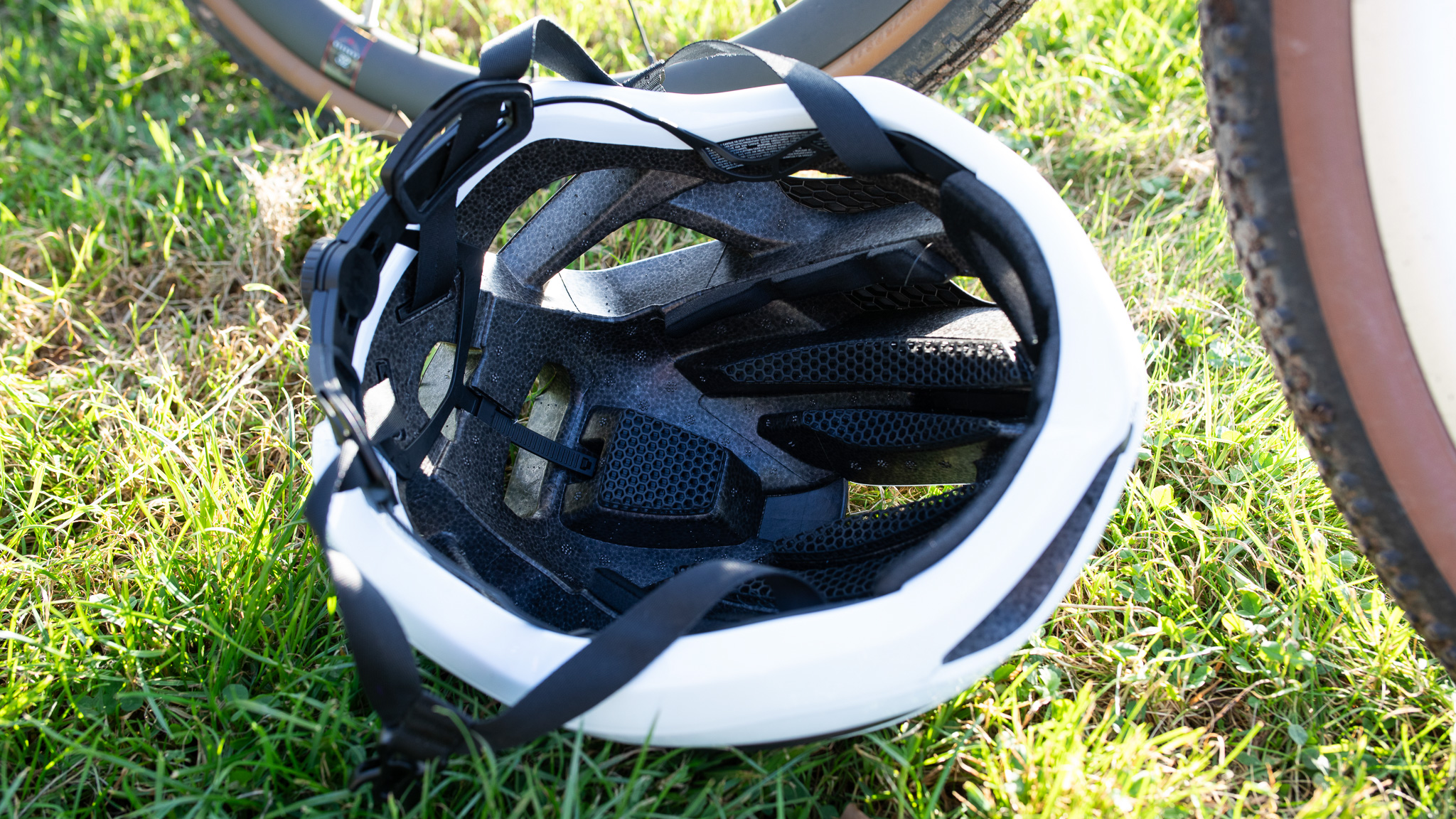
Also new for the Elemento is the Octofit+ fit and adjustment system that is claimed to offer easy on-the-go adjustments, greater comfort, and sturdy attachment to the rider’s head. The iconic leather strap found on most Kask helmets is disappointingly gone, replaced with the “Pro” chinstrap, an ultra-lightweight chinstrap developed alongside and used by Ineos Grenadiers.
Performance
Having worn a Kask Protone for a long time and survived a fairly hefty crash while wearing it, the first thing I noticed in the Elemento was the similarity in appearance, so performance-wise I was fairly confident the Elemento would deliver. Weight wise the Elemento comes in at 309g and the Protone 271g on a Large in both helmets. However, similar looks are where the comparison stops and even though I expected the Elemento to be lighter, you quickly begin to realize why there is additional weight when you put it on. The Kask Elemento has an immediately noticeable softer and luxuriously thicker padding, which makes it feel very comfortable on the head.
Fit improvements come with the new Octofit+ system which I found easy to fit to my head, with plenty of adjustment, and felt safe and secure. The adjustment dial can also be moved up or down which helps fine-tune the fit of the helmet and improve comfort. The height adjustment doesn’t remain in place though, so you have to adjust the fit each time you put it on, which is the same as the Protone.

Comfort again over the Protone is enhanced with the 3D-printed Multipod internal padding that makes the Elemento feel like it is almost floating on your head, and although it's impossible (without crashing) to test the safety aspect of the Multipod technology the Kask development time and its five-star rating from Virginia Tech’s Helmet Lab made me feel confident of the promised crash protection. This performance question also counts for the Fluid Carbon 12 outer shell and again the rating of the helmet without a crash test is to be assumed correct.
As mentioned the iconic leather strap found on most Kask helmets is gone, replaced with the “Pro” chinstrap which I found to be pretty basic in comparison to the leather strap of the Protone, It does feel lighter and the fastening clip is almost identical, and performed much the same as any other helmet bike strap.

The area I felt the Elemento most obviously stood out over the Protone was the airflow and cooling. Testing in all conditions but especially in higher temperatures I was aware of less sweat coming from my head, and when I removed the helmet there was definitely less moisture than normal. So the Multipod pads do the job of cooling very well alongside the bigger internal channels. Kask does say the Elemento is an all-round aero helmet but again without testing in a wind tunnel for facts and figures you have to take their development and testing process as 'fact'. The reduced-sized vents do make storing sunglasses quite difficult if you like to pop glasses into your helmet, not impossible but they don't feel as secure to the Protone.
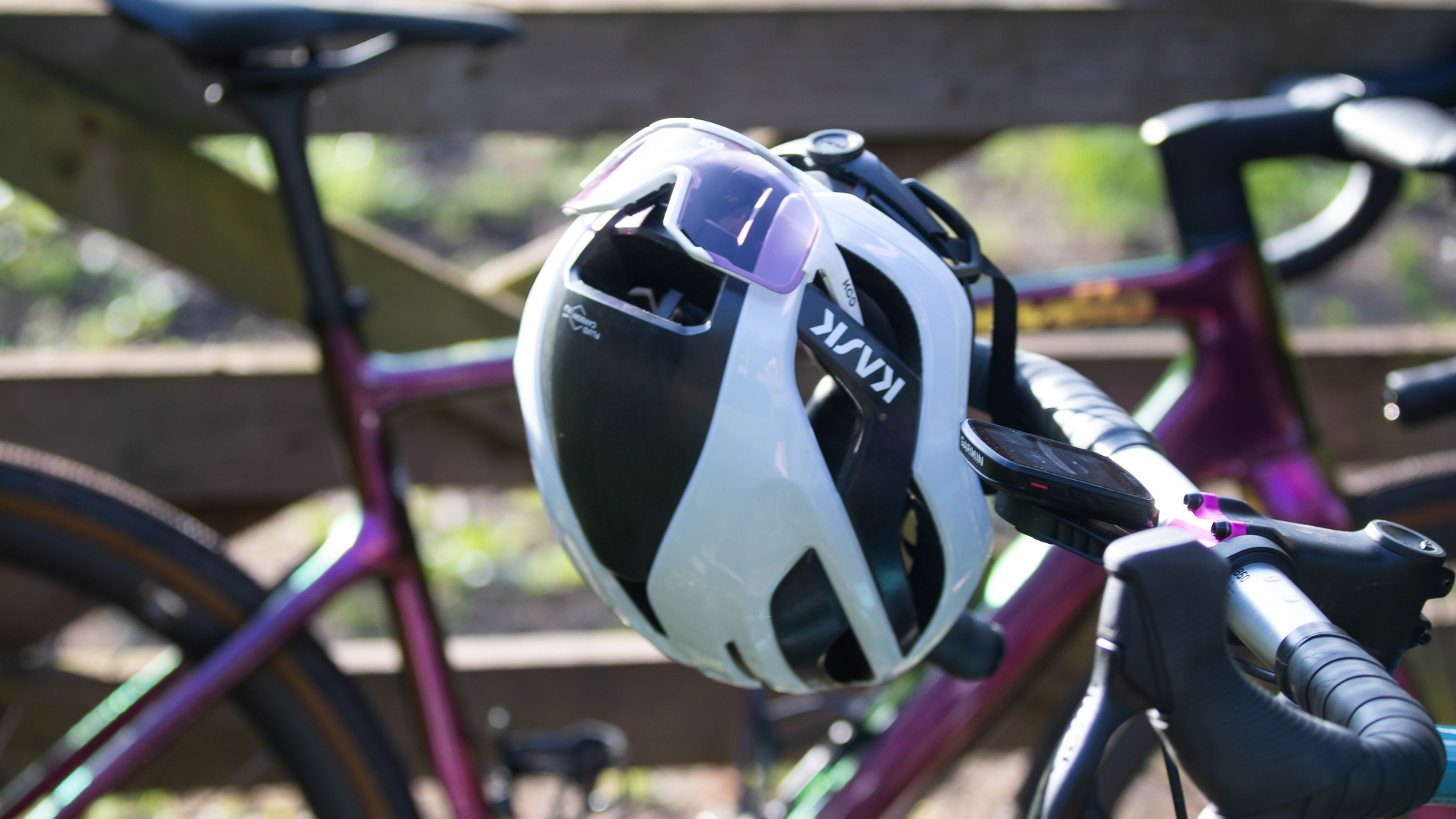
Verdict
The Elemento is, without a doubt, a great-looking and fitting helmet suited to nearly all types of riding. The main body feels exceptionally well made inside and out and has performed well, with no visible signs of wear or scuffing. The EPS foam core again is impressively finished, with no obvious rough edges or faults.
The ventilation is excellent, keeping me cool and comfortable. The lack of a proper sunglasses port is slightly annoying, it's still possible but the glasses feel like they will drop out at any moment. I'd have preferred the classic leather strap to have remained too, but putting slight issues aside, the Elemento is a beautifully performing helmet.
I've found it hard not to reach for it when heading out on any type of rides, Whether you need it compared to the very similar Kask Protone depends on how big your wallet is and if you think the added tech and performance match the cost.
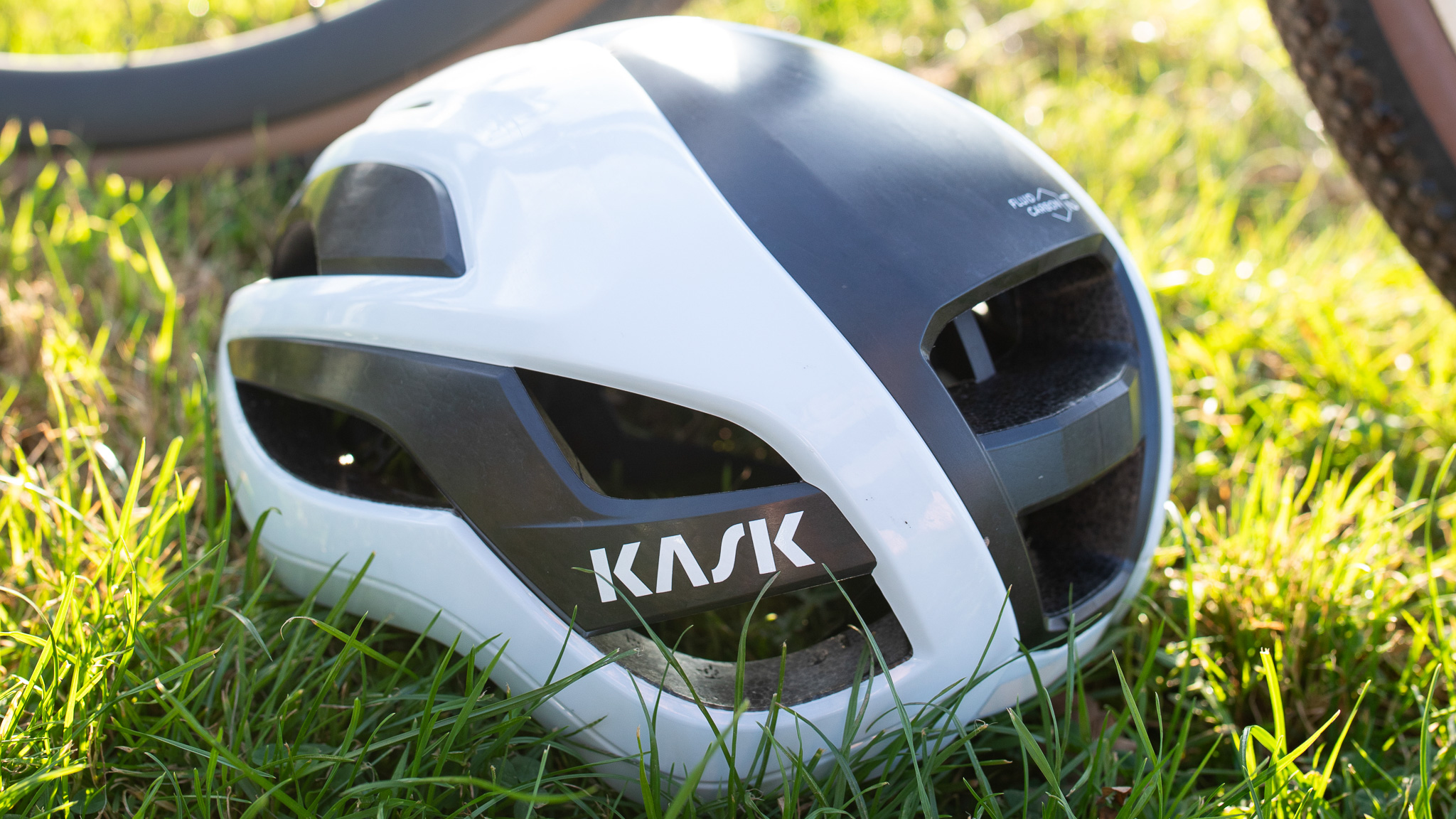
Tech specification: Kask Elemento
- Price: $400 / £335 / €375
- Sizes: S (50-56cm), M (52-58cm), and L (59-62cm).
- Colors: Black, Green, Oxford Blue, Red, Silver and White.
- Weight: 309g (Large)
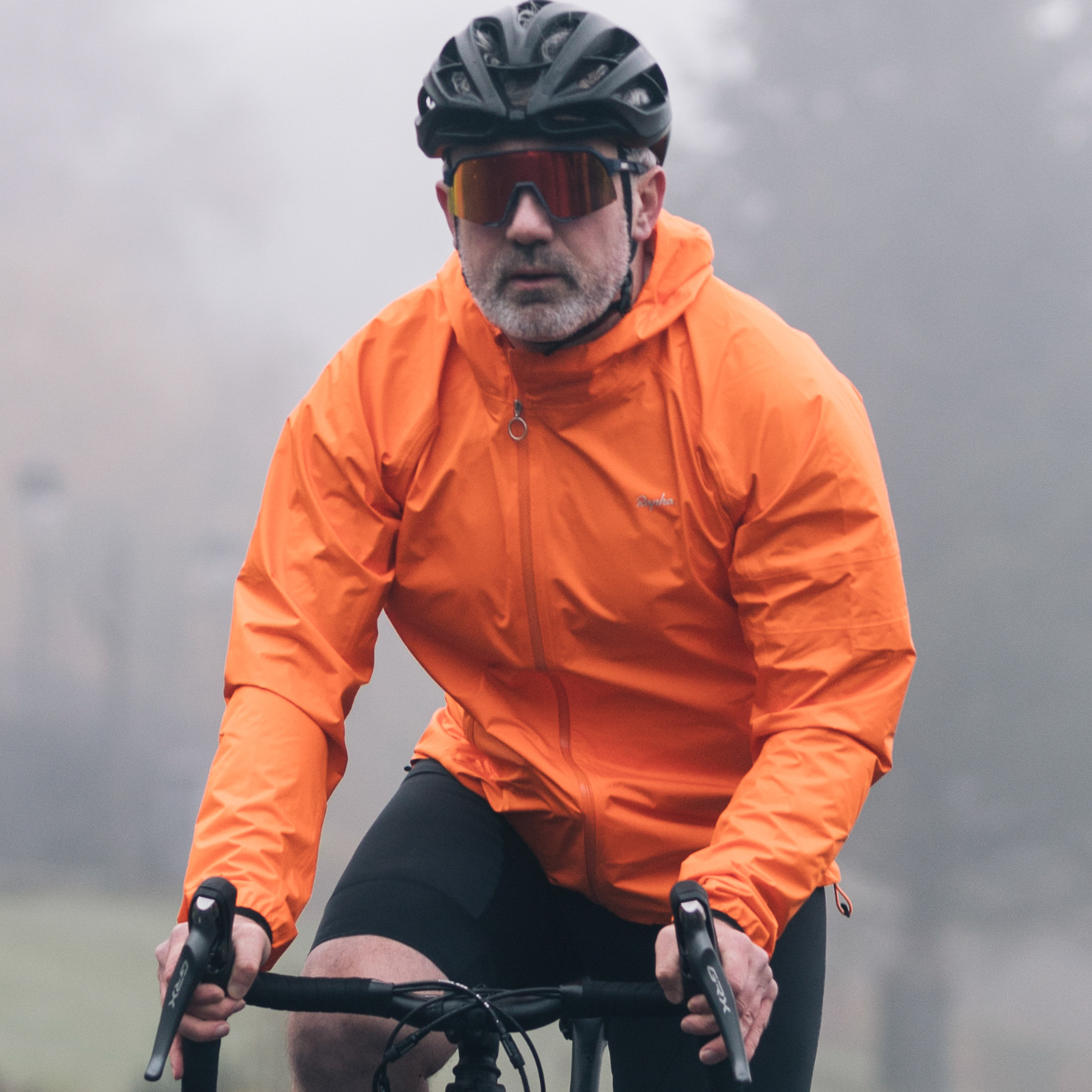
Paul Brett joined BikePerfect as a staff writer in 2022. He has been an avid cyclist for as long as he can remember, initially catching the mountain biking bug in the 1990s, and he raced mountain bikes for over a decade before injury cut short a glittering career. An award-winning photographer, when not riding a bike, he can be found at the side of a cyclocross track or a downhill mountain bike world championship shooting the action. Paul was the founder, editor and writer of Proper Cycling magazine, and he's traveled the world interviewing some of the biggest names in mountain biking and writing about some of the biggest cycling brands.
Current rides: Canyon Inflite, Specialized Diverge, Marin Alpine Trail 2
